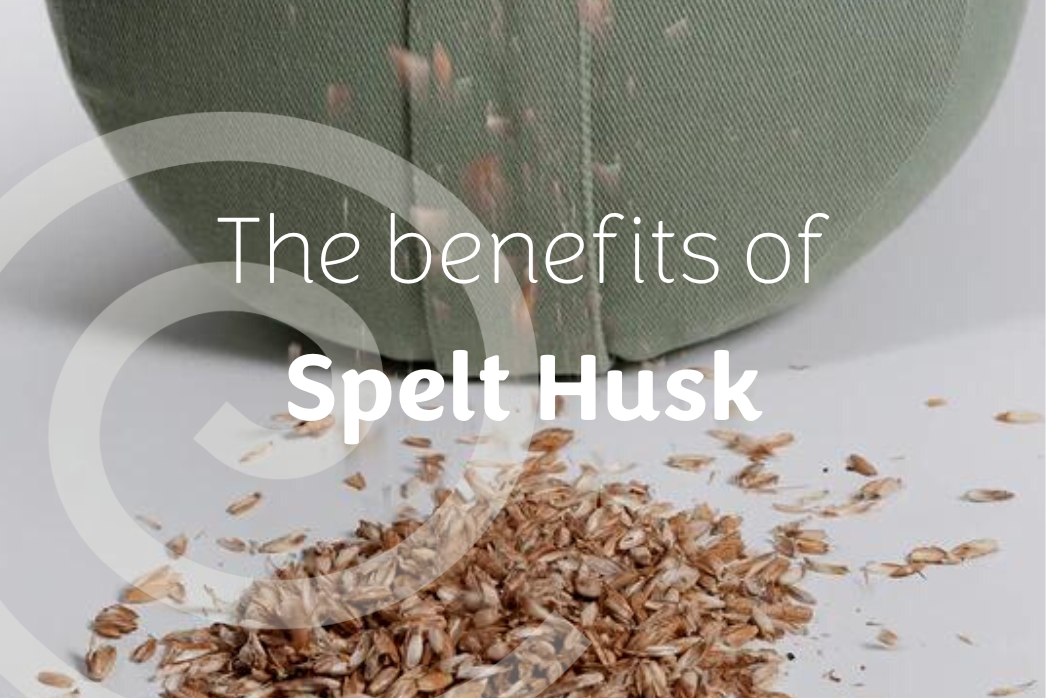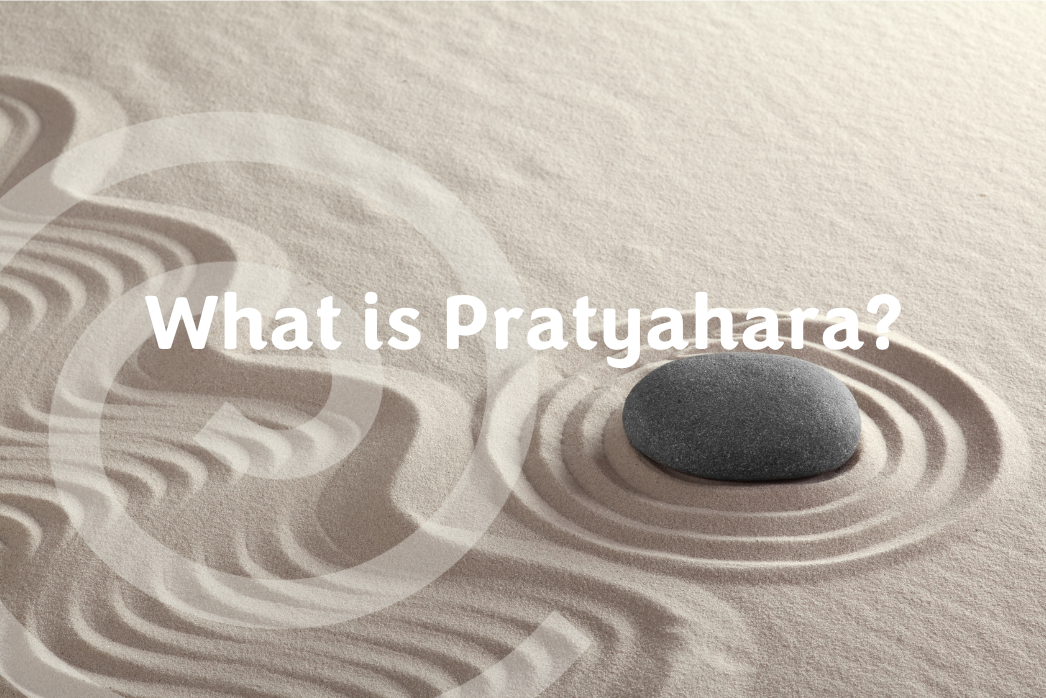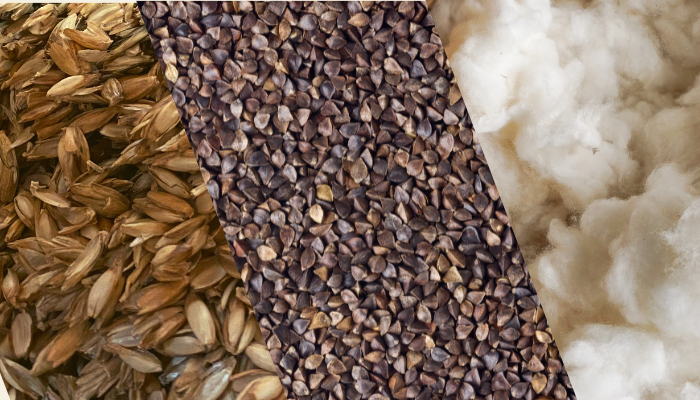Asana: How to take asana off the mat

In the last post we explored what asana (ah-sah-nuh) is and why we practice it. If you missed it, be sure to have a read here. Although we tend to practice asana on our yoga mats, the lessons and teachings don’t have to stay on the mat. This is what we are going to explore in today’s post; five ways that we can take our physical practice off the mat and into our everyday life.
1. Release Expectations
Each time you step onto the mat you will feel different and therefore your practice will feel different. This is because your body, mind, hormones, emotions, experience of the day and so on are always changing. Therefore, on any given day, each asana can feel more or less tricky. During our asana practice, we are reminded to accept where our body is in that moment and to let go of how it was the last time we stepped on the mat. This can be a difficult adjustment at first since we expect the asanas to feel the same or easier each time we do them. With time, we learn to release our expectations of how our asana practice will unfold.
We can and must take this learning off the mat. So many of us berate ourselves because our productivity levels change each day, because sometimes we are easily distracted, because sometimes we procrastinate, because sometimes we feel tired, because sometimes *add in your own reason*. Yet we must lose this notion, this illusion, that we should feel the same everyday, that we must feel the same everyday. We are not machines. We will not feel the same every day for many reasons and that is okay. That is the beauty of life! And for those of us who live in bodies with a menstrual cycle, our bodies work on a monthly cycle not a 24 hour cycle. The world we live in operates on a 24 hour cycle so it can be difficult to understand and accept the way our bodies work. You can learn more about this here and work with me to embody this knowledge on and off the mat.
2. Develop Body Literacy
Many of us are disconnected from our bodies. We live from the neck upwards with our bodies being something that takes us from A to B, something that we need to fill with food and drink and the thing that houses our mind. Don't get me wrong, the mind is incredible and has its place, but our bodies carry so much wisdom and knowledge that we aren't tapping into. Knowledge that we are ignoring. I am constantly telling my students to listen to their body during my yoga classes. What do I mean by this? Listen to what it wants and needs in that moment. Listen and start to trust it. Start to tap into your gut, your intuition, your heart space and all the other wonderful parts. When you were a child, you were in tune with your body. You knew what you did and did not want. You knew what felt good and what did not. And you were able to express it. But years of conditioning has erased that inner knowing so it's time to get back to your true self. As you go through your day, stop and check in with your body. Ask yourself: Does this feel good? What does my body need in this moment? Where do I feel this in my body? What is my body trying to tell me?
3. Being Present
Being present is the essence of yoga. It is why you feel so wonderful after a yoga class - because for the majority of that class you are fully present and aware of your mind, body and breath, both separately and together. This ability to be in the moment takes a lot of practice. During asana practice or meditation, when we notice our attention has wandered, we gently bring it back to the breath or body. You can start to bring this level of awareness into your daily tasks. For example, when you're brushing your teeth, focus on it fully or when you go for a walk, fully immerse yourself in your surroundings using all of your senses. We are so often stimulated by screens or are doing ten things at once whilst moving at one hundred miles an hour. Instead, try taking time to focus on doing one thing at a time - actively slowing down and being fully present with that thing. Many of us spend time living in the past or the future, yet neither of these times exist. Begin to notice when you are ruminating on the past or becoming anxious about the future and gently bring yourself back to the present moment - the only moment that truly exists. With regular practice, being in the present moment will become habitual.
4. Get Comfortable Being Uncomfortable
I say this phrase all the time to my students! Just as on the mat you are encouraged to lean into the discomfort with kindness, compassion & non-judgment, the same applies off the mat. Change is uncomfortable and most humans don't like it - we like to feel as though we are in control of everything. But, as you know, that’s not how life works. Things are always changing - it is in fact the only certain thing in life. So you can either resist it and make things harder for yourself and create more pain or you can lean into the discomfort, get comfortable and be kind to yourself in the process. The latter means you accept the given situation for what it is and respond from a place of calm. It means you stop reacting to situations whilst in a state of fight and flight where your logical brain is no longer active. Instead, you are able to bring your body to rest and digest, re-engage your logical brain and operate from a centred and grounded state.
5. Breathe
We are born breathing correctly and as we grow older we begin to breathe incorrectly. That is, we breathe much more shallowly, especially when we feel stressed or anxious. This increases our heart rate and cortisol levels (stress hormone) and causes us to feel more stressed or anxious so we continue to breathe shallowly - a vicious cycle! Instead we want to deepen our natural breath using abdominal breathing which is breathing into the entirety of your tummy, rather than mainly into your chest. It is the most efficient way to breathe - it lowers cortisol levels, lowers the heart rate, lowers blood pressure, increases immunity and improves mood & energy levels. Try it now for 30 seconds. As you breathe in, imagine your tummy is a balloon and is filling up with air. As you breathe out, imagine the balloon is deflating as the air leaves the tummy. Do this for a few rounds with your eyes closed and notice how you feel afterwards. You can practice abdominal breathing with me here. Regular practice of this technique will correct your breathing and help you to feel calm and centred.
TOP TIP - if you struggle to sleep, try abdominal breathing when you're lying in bed and it will help you to drift off!
What are some ways that you take your asana practice off the mat? Let me know via Instagram or by email.
With love and gratitude,
Jyoti x
(pronounced Jyo-thee)










Leave a comment